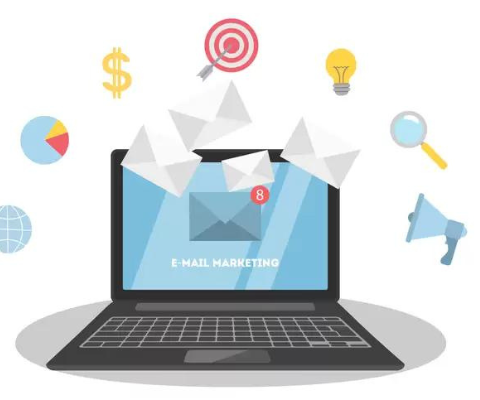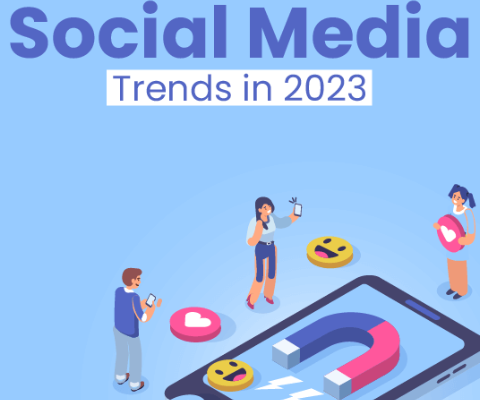A Comprehensive Guide to Discovering the Right Instagram Influencers for Your Campaigns
In the dynamic realm of social media, Instagram stands out as a crucial platform that can significantly impact the growth of your brand over time. To navigate the vast sea of influencers, follow these 5 essential steps to pinpoint the right Instagram influencer for your campaigns.
Embracing the Power of Social Media and Instagram
As technology evolves, social media has seamlessly integrated into our daily lives, shaping our behaviors and becoming a cornerstone of modern society. Recognizing the ubiquity of social media among your customers, incorporating it into your marketing strategy is not just wise—it’s essential. Instagram, with its one billion active users globally, emerges as a powerhouse for influencer marketing, offering a unique space to connect with your target audience authentically.
The Strategic Significance of Instagram Influencers
Instagram’s popularity makes it an ideal platform for influencers, making it a go-to choice for marketers promoting products and services. Collaborating with top Instagram influencers provides a direct channel to engage with your audience and showcase the genuine side of your brand. Here’s why finding
Instagram influencers is a strategic move for your campaign:
Trust-Building Connections: Establishing relationships with influencers fosters trust in your brand, paving the way for strong partnerships and heightened brand awareness.
Targeting the Right Demographic: Through influencers, you can reach your desired demographic, creating a community of engaged consumers. This not only connects you with potential customers but also lays the foundation for future success.
Legitimacy and Respect: A whopping 54% of influencers prioritize working with brands they respect and consider legitimate. Finding the right influencers establishes a foundation for meaningful connections.
Podium: Simplifying Influencer Partnerships: Integrate tools like Podium, a revolutionary messaging platform, to streamline collaborations with Instagram influencers. Connect with potential customers, receive essential tools for business growth, and reach your desired audience effectively.
Steps to Identify the Perfect Instagram Influencer
Embarking on the journey to find the right Instagram influencer requires a strategic approach. Here are key steps to ensure you align with influencers who complement your brand and campaign goals:
Step 1: Define Your Goals
Clearly articulate your campaign goals. What outcomes do you expect from collaborating with an Instagram influencer? Understanding your objectives sets the stage for a targeted and effective search.
Step 2: Finding the Right Fit
Identify influencers whose interests align seamlessly with your campaign. Relevance is key to adding authenticity to your brand. Ensure the chosen influencer is not only relevant but also boasts an engaged and active follower base.
For example, if your campaign revolves around fitness products like protein bars, partnering with influencers passionate about fitness or nutrition enhances your brand’s authenticity.
Step 3: Assess Follower Count and Demographics
Examine the influencer’s follower count and demographic specifics. A growing follower count indicates potential exposure, but understanding the demographic breakdown ensures your brand resonates with the influencer’s audience.
Step 4: Evaluate Posting Frequency and Engagement
Review the influencer’s posting frequency and engagement metrics. A thriving influencer posts regularly, with high engagement indicating active and involved followers. Check if they are active on other social media platforms, ensuring Instagram remains a focal point.
Step 5: Check Engagement Rate
Scrutinize the engagement rate by assessing likes, views, comments, and replies. Positive interactions signify trust, and an influencer actively engaging with their audience enhances authenticity. A genuine influencer builds a connection that can drive traffic to your campaign.
Monitoring Campaign Effectiveness
Post-collaboration, monitor the effectiveness of your Instagram influencer marketing strategy. Track increases in affiliate link clicks and observe sales trends. Tangible results indicate the impact of the influencer’s efforts, guiding adjustments for future campaigns.
The Essence of Authenticity and Legitimacy
Instagram influencers offer a relatable and authentic connection that resonates with consumers. As 92% of consumers trust influencers over traditional advertisements, leveraging this authenticity is crucial. The right influencer transforms your brand into a trusted entity, fostering value and trust in your campaign.
Seizing the Potential of Social Media
With the average Instagram user spending up to an hour daily on the platform, the potential for exposure is immense. Finding influencers who maintain authenticity, possess a substantial following, and align with your brand maximizes your social media advantage.
In conclusion, the landscape of Instagram influencer marketing is rife with opportunities. With strategic partnerships and the right fit, your company can harness the popularity of this social media giant, ensuring sustained growth and success. The tools are in your hands, and with platforms like Podium facilitating seamless communication, now is the time to create a new sense of authenticity within your company. Let these social media marketing tools work for you, propelling your brand towards growth and success.



















